From the jaw-dropping sets of “Blade Runner” to the hauntingly beautiful locations in “The Shining”, architecture plays a large role in establishing the mood and supporting the narrative in films. Remember the bland greys and the way the workstations are set in Severance on Apple TV? The set itself played a huge role in how eerie the office feels on the show.
The architecture of a film refers to the visual design and composition of its sets, locations, and props. It plays a crucial role in conveying the story, setting the mood and tone, and creating a convincing and immersive world for the audience. If you want to become an architectural photographer in India, and are interested in filmmaking, here’s where they come together!
The Establishing Shot
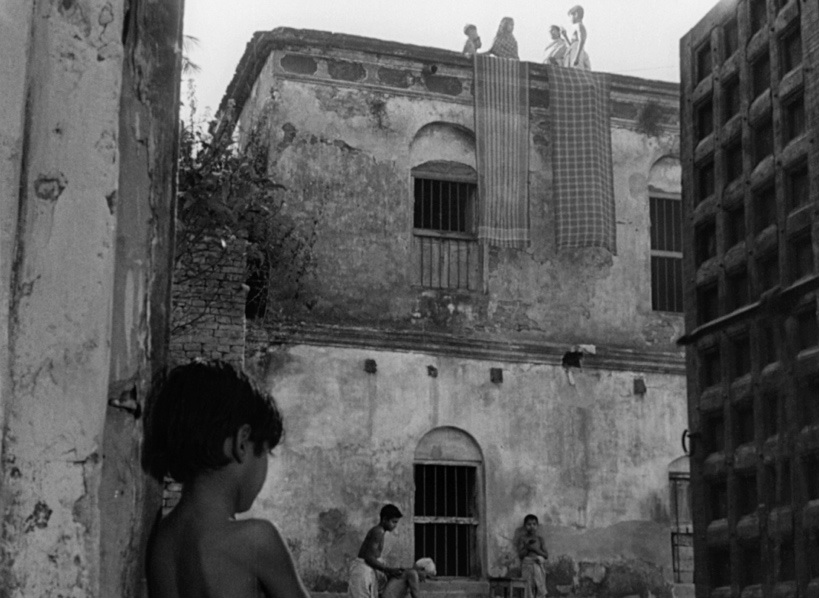
Film – Pather Panchali, Source -filmschoolrejects.com
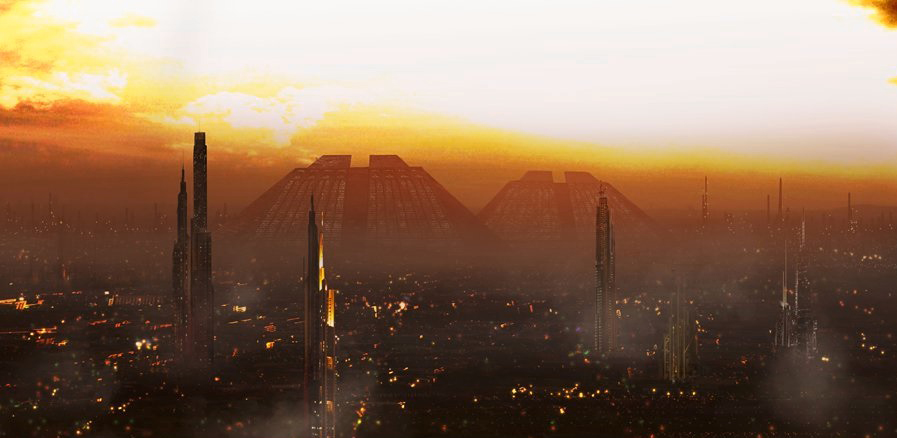
Film – Blade runner (1982), Source -archdaily.com
Whether it’s a sprawling cityscape or a small, intimate room, the architecture sets the stage for the story. It creates a visual language that helps the audience understand the world and the characters’ place within it. For example, Pather Panchali by Satyajit Ray is set in rural Bengal in the 1950s, and the architecture in the film is minimalistic, with simple, rustic buildings and natural landscapes. This simple yet effective approach to architecture creates a sense of intimacy and allows the audience to focus on the emotional journey of the characters. On the other hand, we have “Blade Runner,” a dystopian sci-fi film directed by Ridley Scott. The film is set in a future Los Angeles, and the architecture is dark, gritty, and heavily influenced by the film noir genre. The towering skyscrapers, neon lights, and endless rain create a sense of oppression and decay, which is central to the story. In a sense, the city itself is one of the central characters in these films. The same with the claustrophobic lanes and busy main roads of Mumbai in Taxi no. 9211”.
Enhancing the Mood and Tone
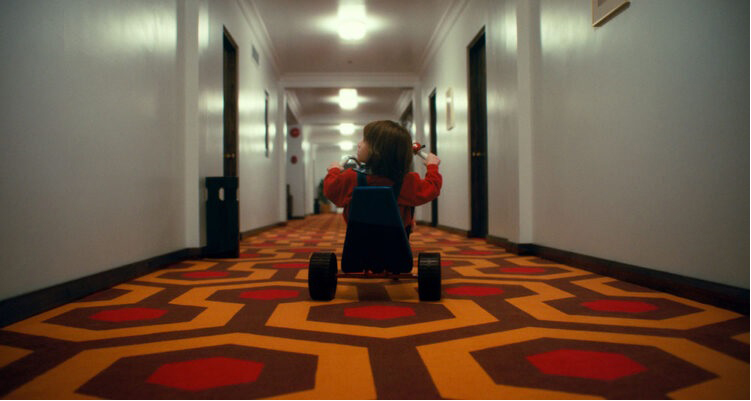
Film – The Shining, Source – parametric-architecture.com
In Stanley Kubrick’s horror masterpiece, “The Shining,” the architecture is a key component in the mood and tone of the story. The film is set in the eerie and isolated Overlook Hotel, which becomes a character in itself due to its unique architecture.
The hotel’s interior is grand, yet cold and sterile, with long hallways, empty rooms, and endless mazes. The vast, empty spaces and the use of symmetry and repetition create a sense of disorientation and unease. The iconic carpet pattern and the use of primary colours in the hotel’s decor create an unsettling atmosphere that sticks with the viewer long after the film ends.
The architecture also plays a role in character development, particularly in the case of the protagonist, Jack Torrance. The grandiose architecture and décor of the hotel imply a level of grandeur and elegance, which is in stark contrast to Jack’s insanity and violent behavior. This contrast adds to the film’s themes of isolation, madness, and the dark history of the hotel.
Reinforcing the Story’s Themes
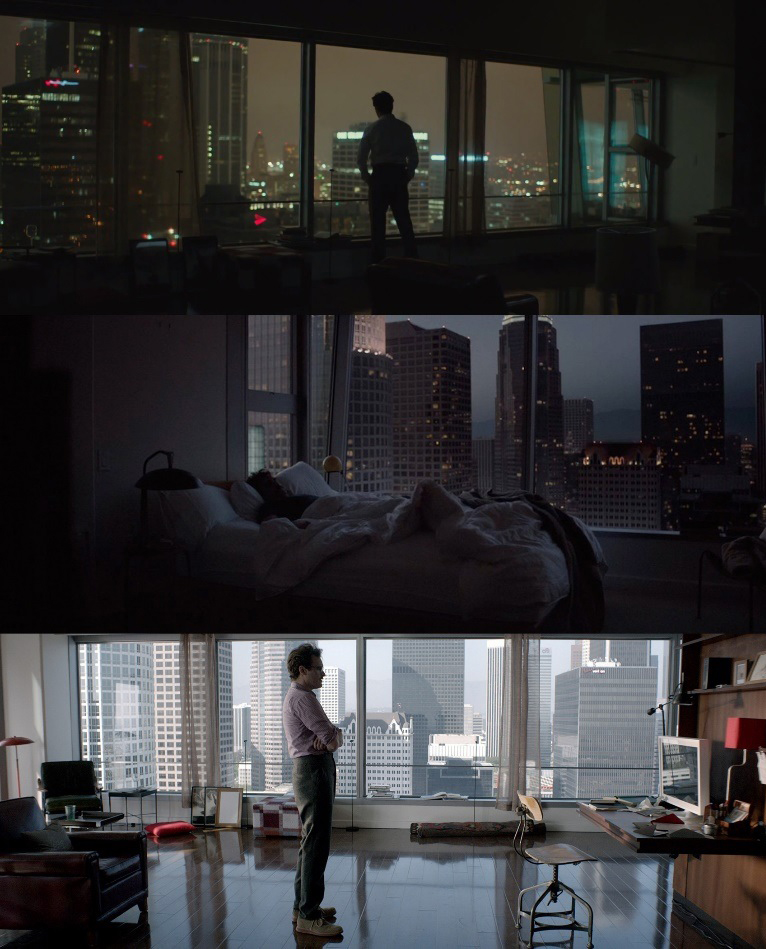
Film – Her, Source – archdaily.com
In the film Her by Spike Jonze, the architecture is used to reinforce the film’s themes of loneliness, the need for connection, and the relationship between humans and technology. The architecture in the film reflects this theme of human-technology connection. The buildings are sleek and modern, with clean lines and smooth surfaces. The world is highly connected through technology, and the architecture reflects this through the use of glass walls and screens, which allow people to always see and interact with each other.
At the same time, the architecture also highlights the theme of loneliness. The city is vast and impersonal, with towering skyscrapers that make people feel small and insignificant. The characters often find themselves lost in the crowds or isolated in their high-rise apartments, highlighting the sense of disconnection that comes with technological advancement.
Contributing to the Cinematic Language
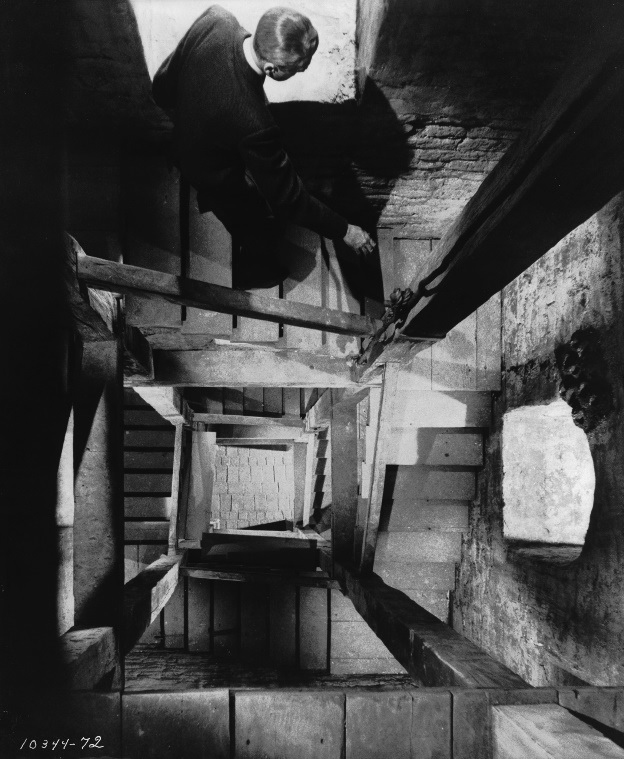
Film – Vertigo, Source – gettyimages.com
In Hitchcock’s “Vertigo,” the use of architecture, camera movement, and editing come together to create a unique and influential cinematic language. One of the most famous scenes in the film is the bell tower sequence, in which the protagonist climbs the tower’s narrow staircase to save his love interest.
In this scene, the architecture of the tower plays a critical role in creating a sense of suspense and disorientation. The twisting and spiraling staircase, combined with the vertiginous height of the tower, creates a sense of psychological instability and danger. The use of close-ups and point of view shots, combined with the twisting architecture of the tower, creates a sense of subjective experience for the viewer, making them feel as if they are experiencing the same vertigo and disorientation as the character.
To all the aspiring filmmakers out there, take inspiration from the way architecture has been used in some of the most iconic movies of all time. Go ahead and create new visual languages and tell your stories in bold and innovative ways.






